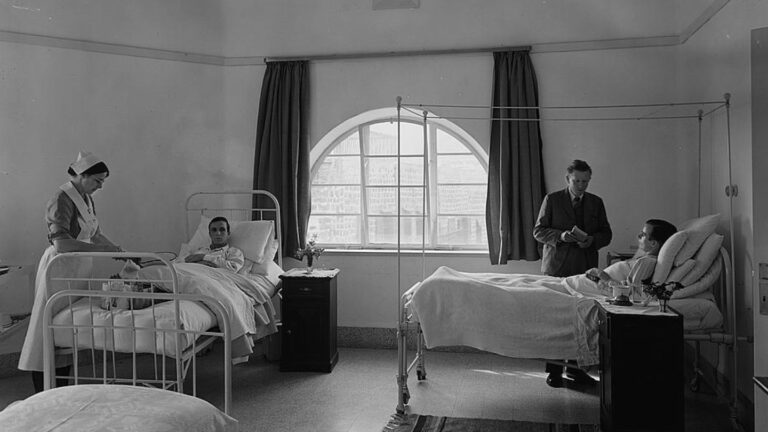A new exhibition at the National Library of Israel (NLI) opened last week, in time for the Passover holiday and Israel’s 70th anniversary.
“Next Year May We Be Free: Soldiers and Survivors Write the Passover Haggada, 1940-1948” presents two-dozen non-traditional Passover Haggadot – booklets containing the text recited at the Seder — created during and after World War II by Jewish soldiers and by Holocaust survivors in internment camps.
These unconventional Haggadot contain a blend of the traditional text with Zionist and secular commentary. Most were mimeographed on plain paper with simple illustrations. Taken as a whole, the collection draws a powerful parallel between the story of Passover and the devastating realities lived by Jews in the years leading up to the establishment of the State of Israel.
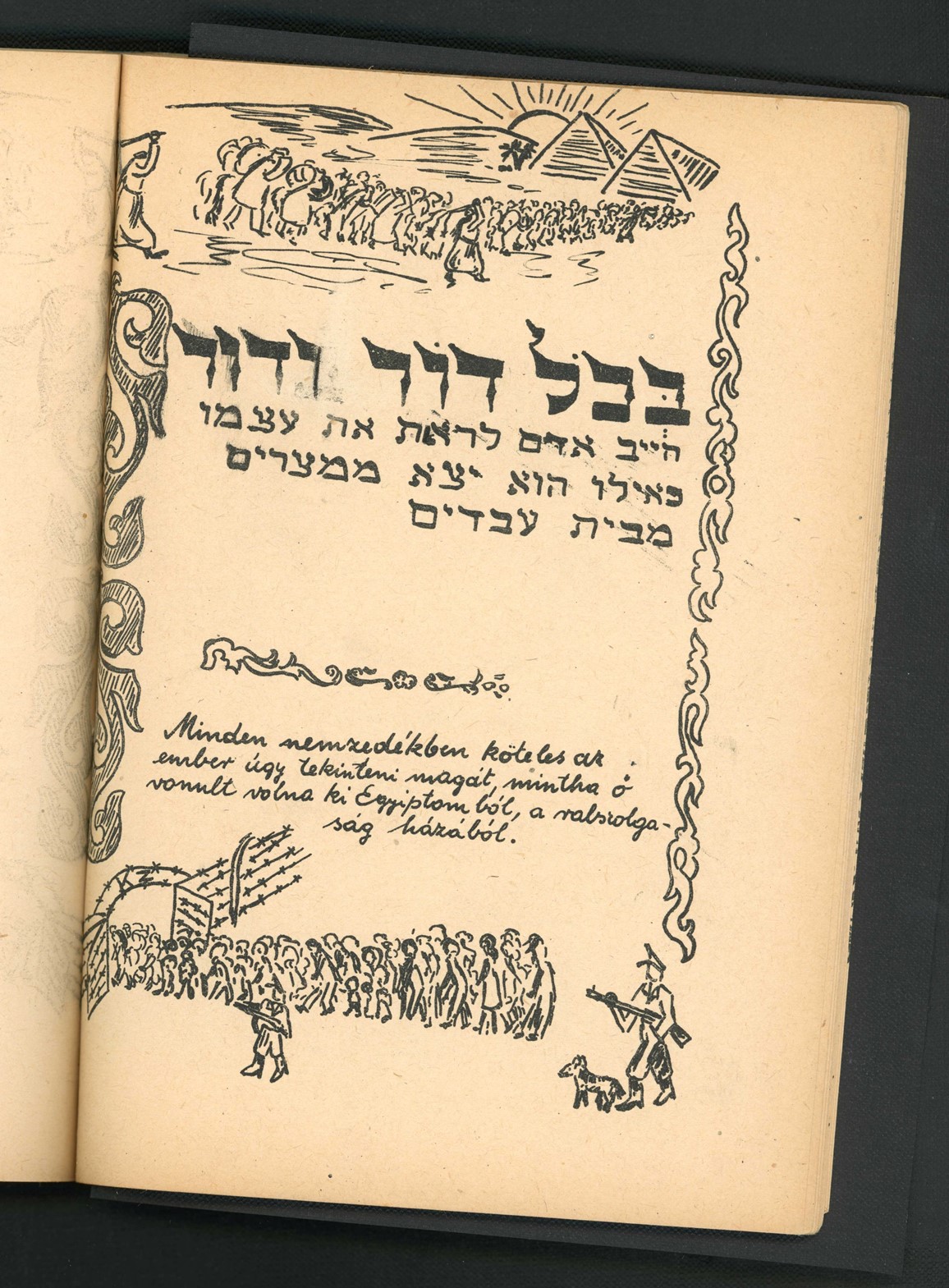
According to Hezi Amiur, curator of the Israel Collection at NLI, “In those formative years, the messages of the Haggadah echoed the struggle for survival and the winds of redemption, imbuing them with fresh significance. The new liturgies were recited at Seder-night gatherings of the contemporary public institutions of the Jewish people – pioneering youth movements, displaced persons and detention camps, kibbutzim, and the army.
“For Jewish volunteers from Palestine fighting in the British Army, Holocaust survivors waiting to illegally immigrate, and soldiers fighting in Israel’s War of Independence, the stories and themes of the Haggadah were far from ancient history. Under trying conditions, using inferior paper and primitive duplicating machines, the new texts of the Haggadah formed a bridge between the timeless tale and the story being played out before their eyes.”
As early as 1940, the Haggadah prepared by members of religious youth movement Bnei Akiva in pre-State Palestine showed a timeline of Jewish persecution. Interestingly, at that point the Soviet Union was presented as the malevolent force; the evils of the Nazi death camps were yet unknown.
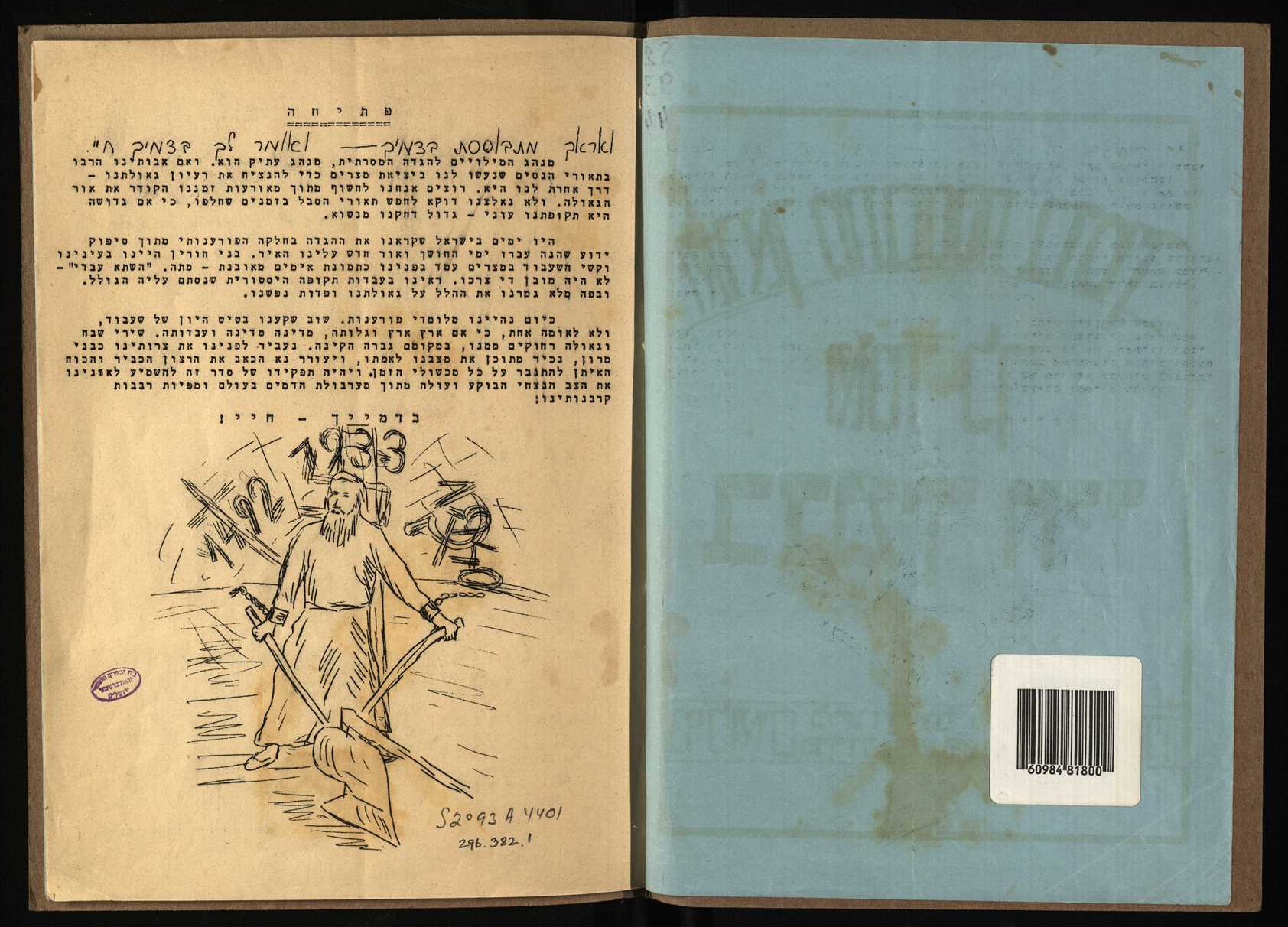
“Many of the Haggadot are accompanied by illustrations, simple in appearance but fiercely expressive, which helped bring the verses of slavery and redemption to life. These Haggadot gave their readers encouragement and strength in preparation for the challenges they would face,” said Amiur.
As an example, the 1945 Kibbutz Givat Brenner Haggadah included prophetic words of comfort and ancient Jewish texts about redemption, along with a poem by Yehuda Sharett (Shertok), “Raise Your Voices to The Mountains,” whose illustration portrays the kibbutz as the manifestation of these prophetic visions with the German defeat in Europe imminent.
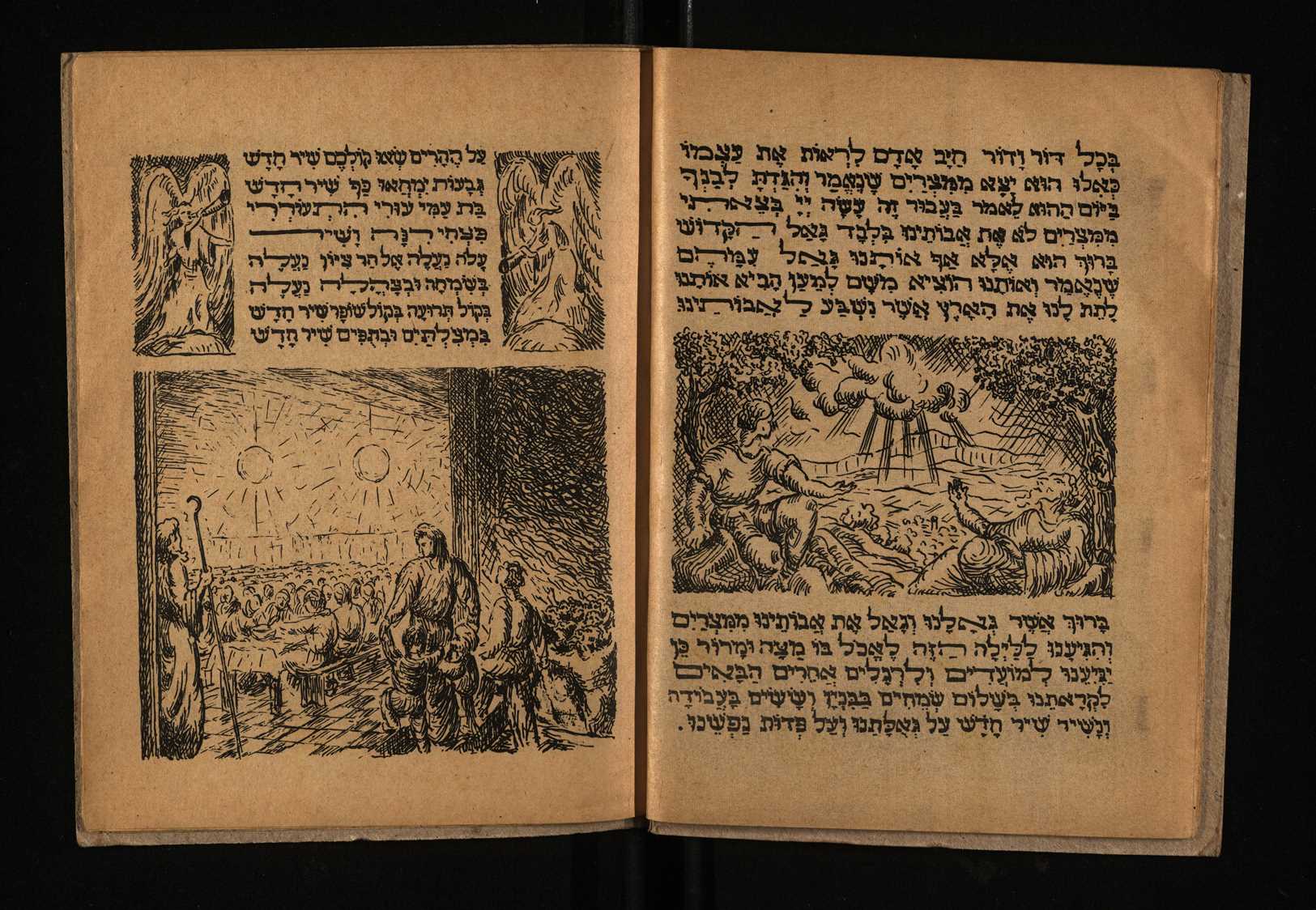
During the two weeks before Seder night of 1948, the Palmach’s Third Battalion made two attempts to capture the Nebi Yusha Fort in the Upper Galilee. The Haggadah prepared for the battalion at this crucial point in the War of Independence praised the willingness and self-sacrifice required to ensure the establishment of the State.
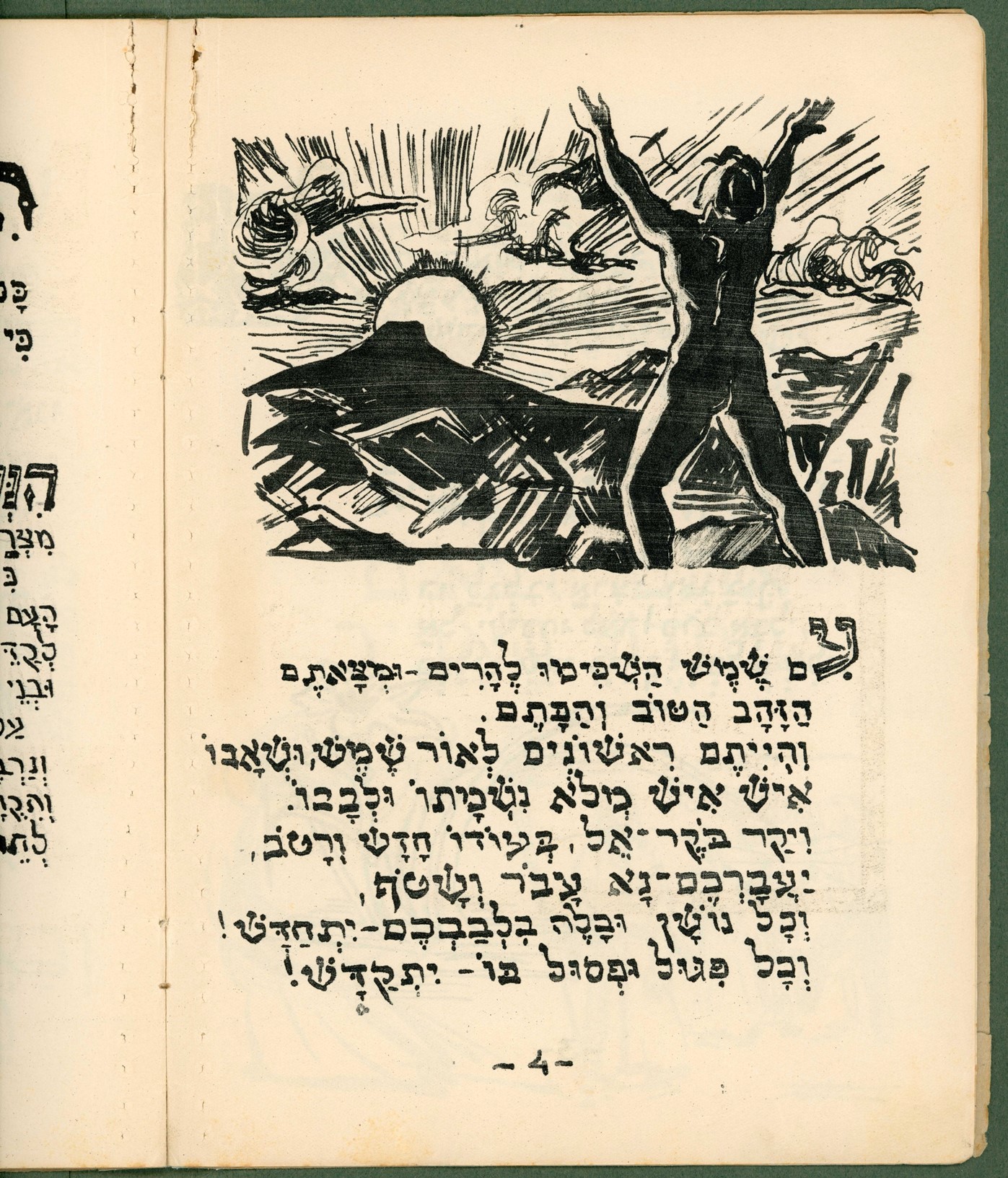
The Benghazi Haggadah was created in Libya by Jewish soldiers from Palestine in the British Army and printed on papers left behind by the retreating Italian forces.
The Hashomer Hatzair Haggadah printed for Jewish refugees in Germany featured texts adapted to suit the harsh realities of survivors who no longer had families with whom to share the Seder.
A Haggadah used at the United States Army-led Seder held in post-war Munich included both liberators and refugees.
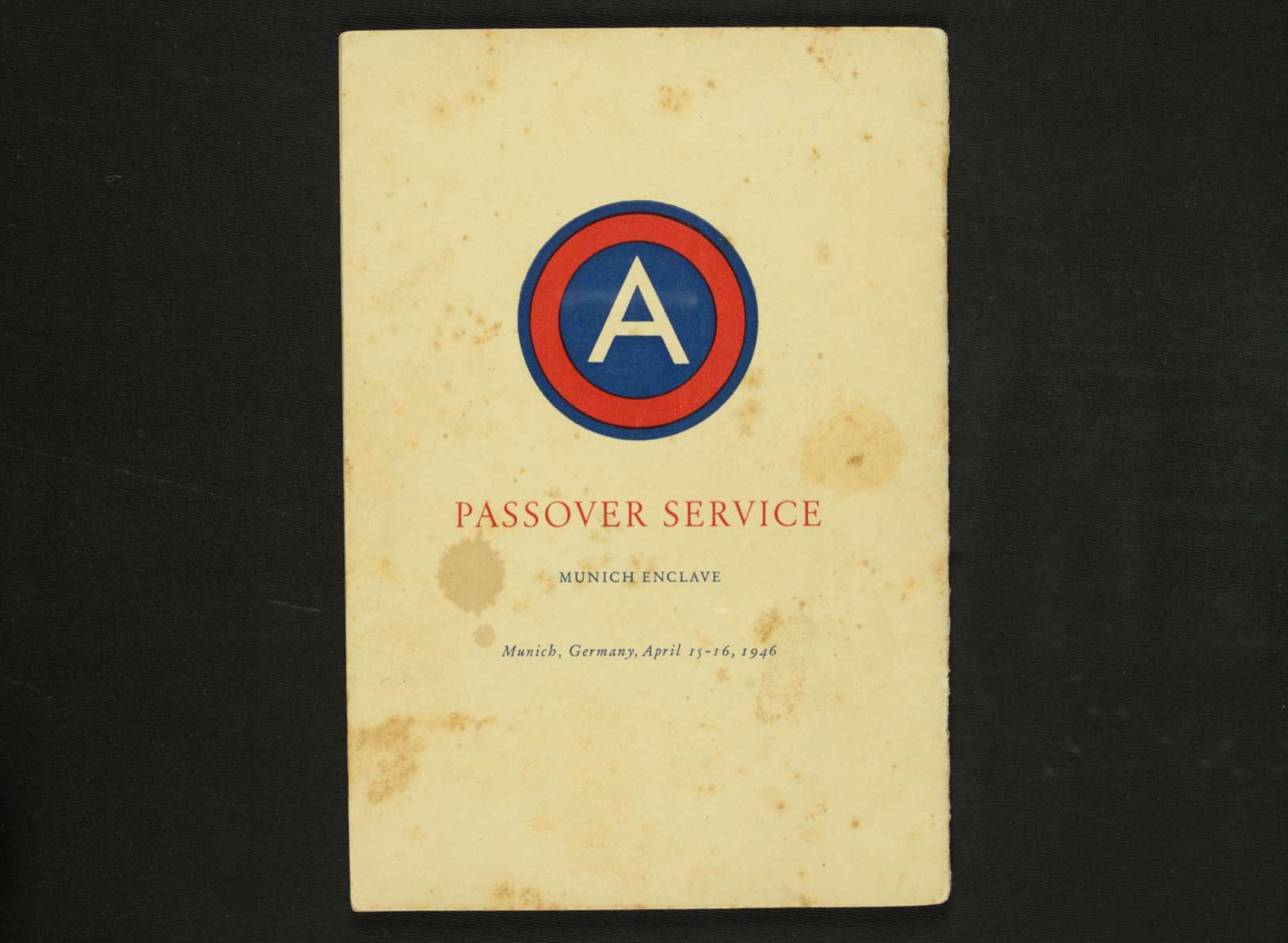
Other items on display include the only surviving copy of the Nursing Service Haggadah printed in Egypt in 1946 by Jewish women volunteering in the British Army; and the Capua Haggadah, printed by Jewish soldiers in Italy for a Seder they led with refugees, sympathetic Italian journalists and others.
Along with Haggadot from the NLI, which has the world’s largest collection of Haggadot, many of those featured in the exhibition come from the private collection of Aviram Paz of Kibbutz Mishmar HaEmek, who has made it his life’s work to collect and preserve Haggadot from this period.
The NLI recently launched an ambitious project to provide open access to its treasures for diverse audiences in Israel and around the globe, achieved through a range of innovative educational, cultural and digital initiatives, as well as through the construction of a new landmark building. Located adjacent to the Knesset, Israel’s Parliament in Jerusalem, the new library is scheduled to open in 2021.
The exhibition “Next Year May We Be Free: Soldiers and Survivors Write the Passover Haggada, 1940-1948” runs through May 2018 and is open free to the public, Sundays through Thursdays 9am to 7pm and Fridays until 1pm.




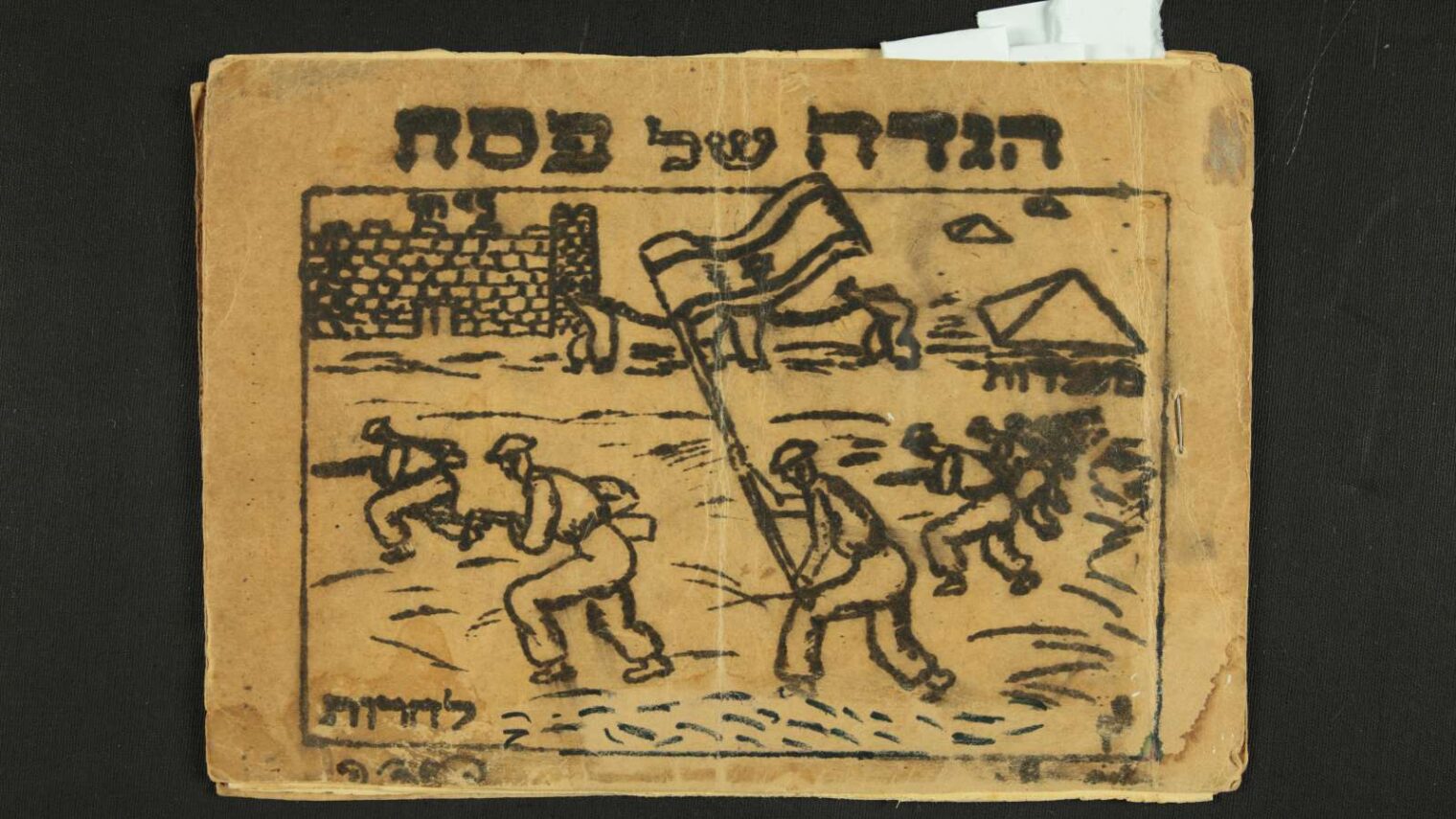










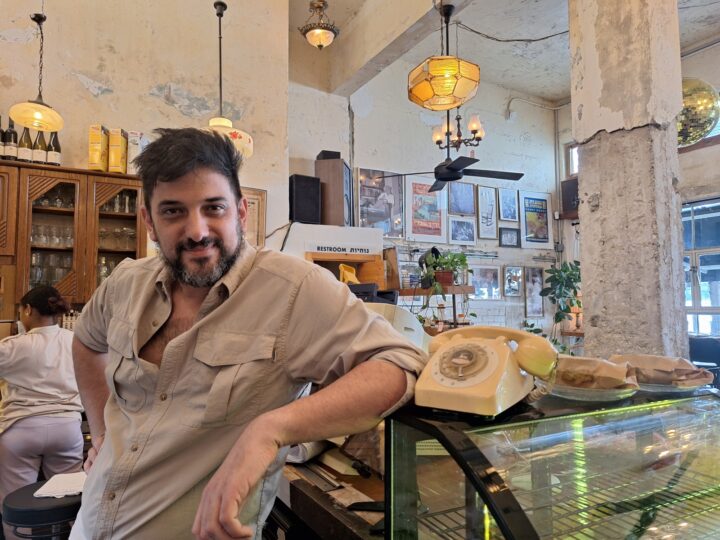
![Elections 1977 – Likud posters] In 1977, Menahem Begin led an election upset as Israel’s first non-Labor prime minister. Credit: GPO Elections 1977 – Likud posters] In 1977, Menahem Begin led an election upset as Israel’s first non-Labor prime minister. Credit: GPO](https://static.israel21c.org/www/uploads/2019/09/Elections_1977___Likud_posters_-_GPO-768x432.jpg)
